Magic, pure magic.
Last weekend my youngest daughter and I took a trip to Kati Thanda-Lake Eyre in a Twin Comanche piloted by Graham, a long time friend and born adventurer who didn’t think my suggestion was as crazy as I feared he might.
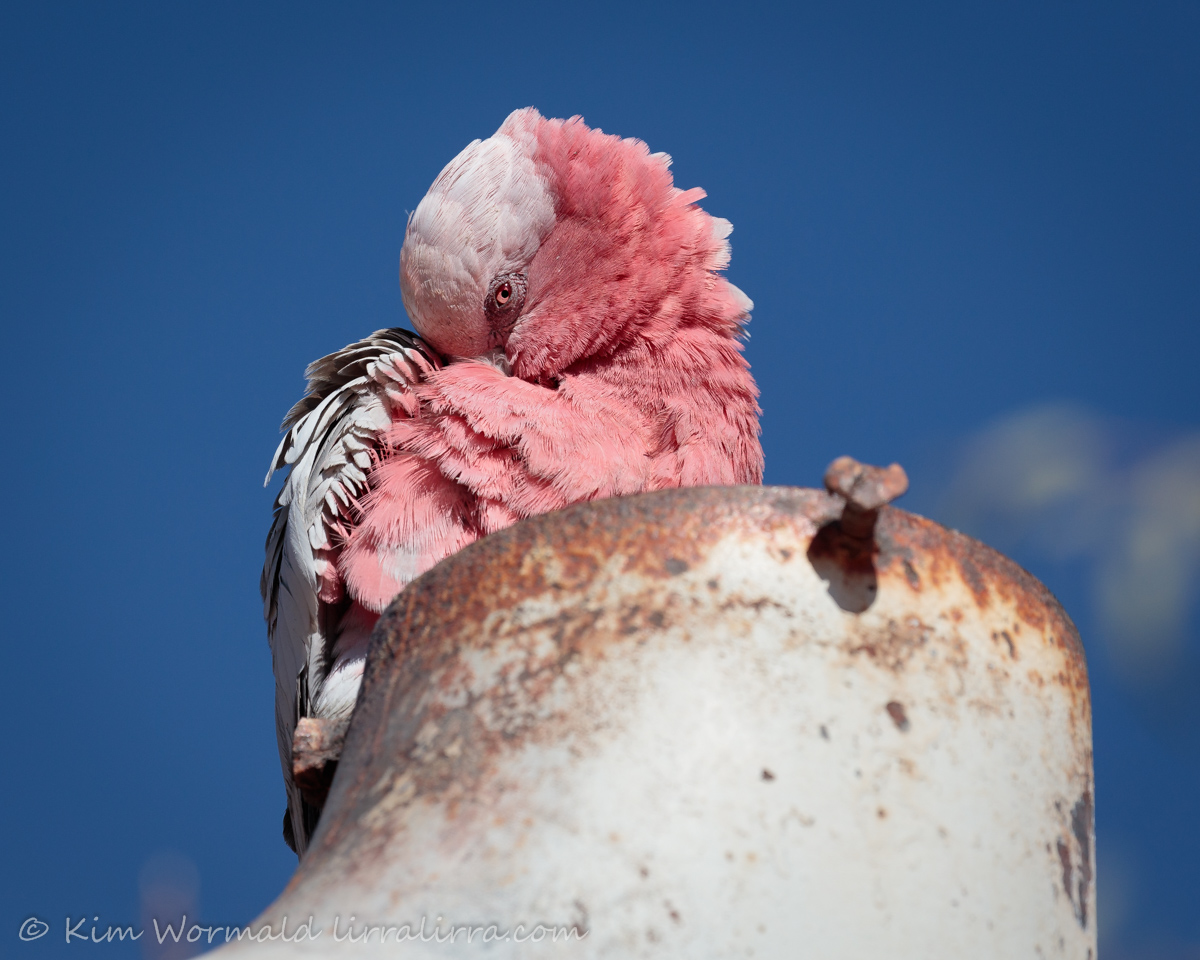
Galah (Eolophus roseicapillus) – female
Canon 5DSR, 1/1600, f/8, ISO 400, focal length 300mm
Kati Thanda-Lake Eyre is in the desert country of northeast South Australia, it’s 15m below sea level and on the rare occasions that it fills it becomes Australia’s largest lake.
There were several bird species around the remote William Creek Hotel, including Galahs. This female was preening perched on top of a disused giant tap that I understand was once used to fill the water tanks of the old Ghan trains.
Galah (Eolophus roseicapillus) – male and female
Canon 5DSR, 1/1600, f/8, ISO 400, focal length 360mm
As I watched the female was joined by a male who began preening his mate. Allopreening is a pair bonding ritual that is often performed during the breeding season. Galahs form permanent breeding pairs.
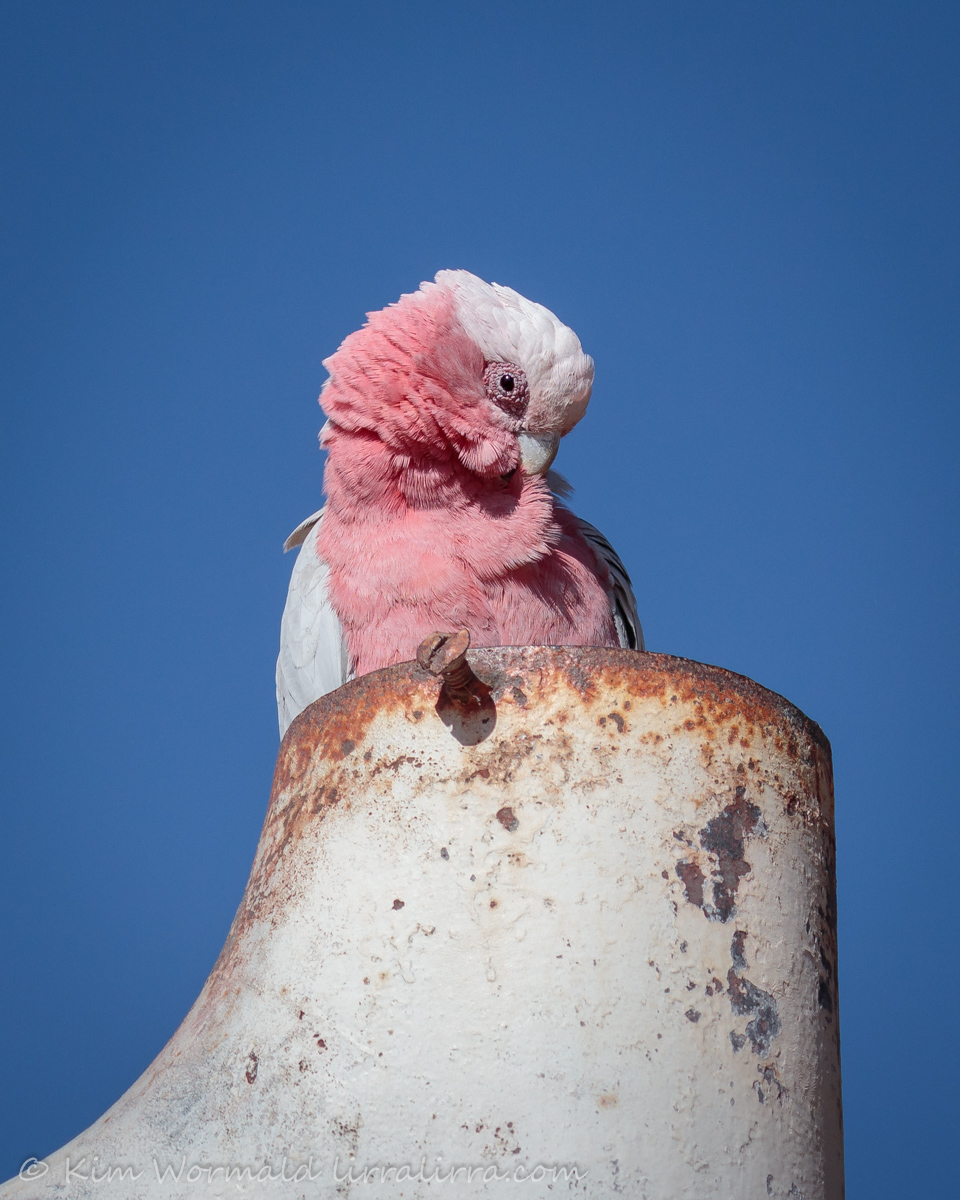
Galah (Eolophus roseicapillus) – male
Canon 5DSR, 1/12500, f/6.3, ISO 400, focal length 120mm
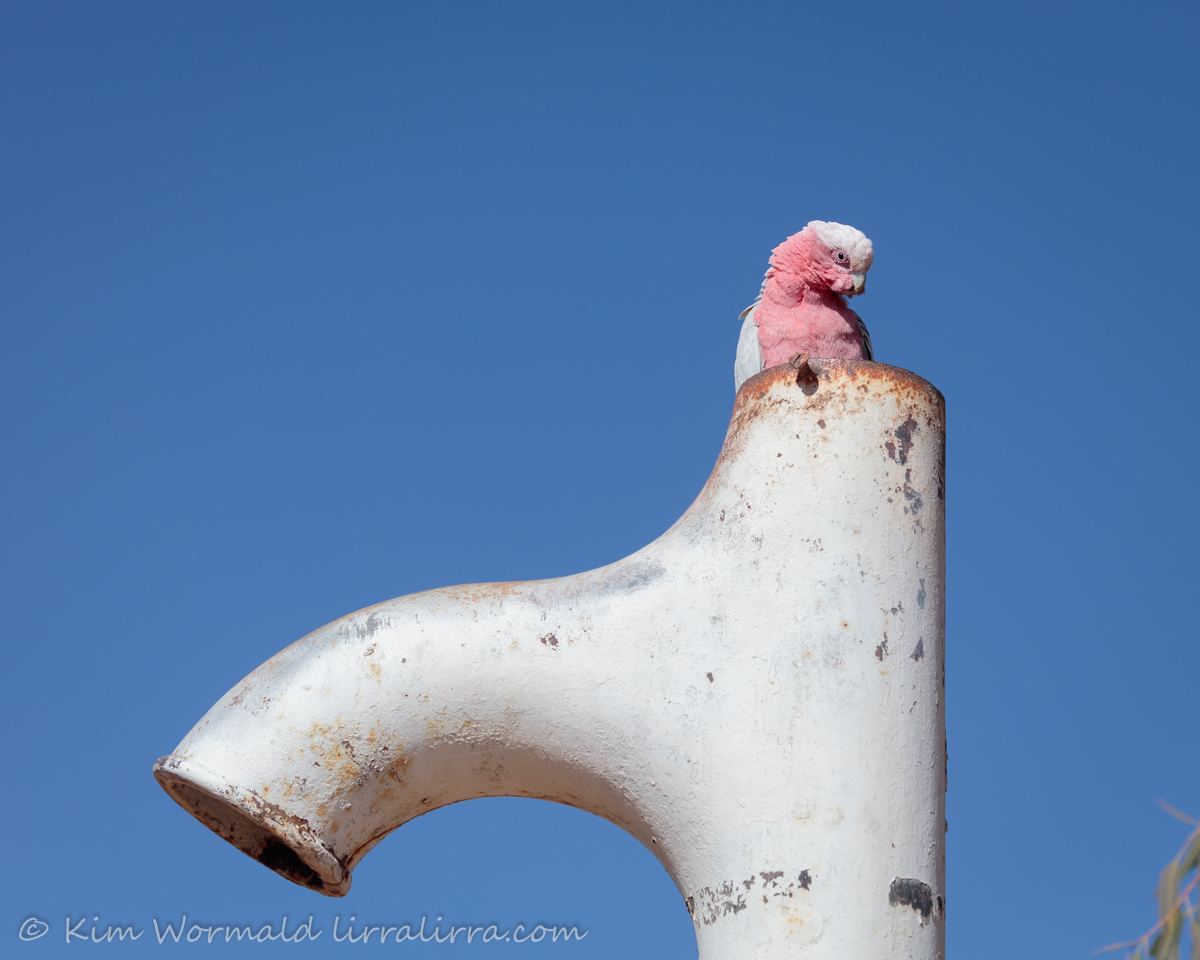
Galah (Eolophus roseicapillus) – male
Canon 5DSR, 1/12500, f/6.3, ISO 400, focal length 120mm
Kati Thanda-Lake Eyre, South Australia
1/2000, f/4.0, ISO 400, focal length 35mm
I’ve included a couple of landscape images this week to share a little of how the area looks from the air. It took almost an hour to fly to the far end of the northern lake and all we could see in every direction were areas of water and the dry lake bed. It was phenomenal. Below us were several bird species including pelicans and Silver Gulls. I haven’t had the chance to examine all my images yet but there were other species that I may be able to identify. Hundreds of thousands of birds fly to the lake when it fills; this must be an incredible sight and it’s fascinating that scientists are yet to discover how birds know that water has arrived.
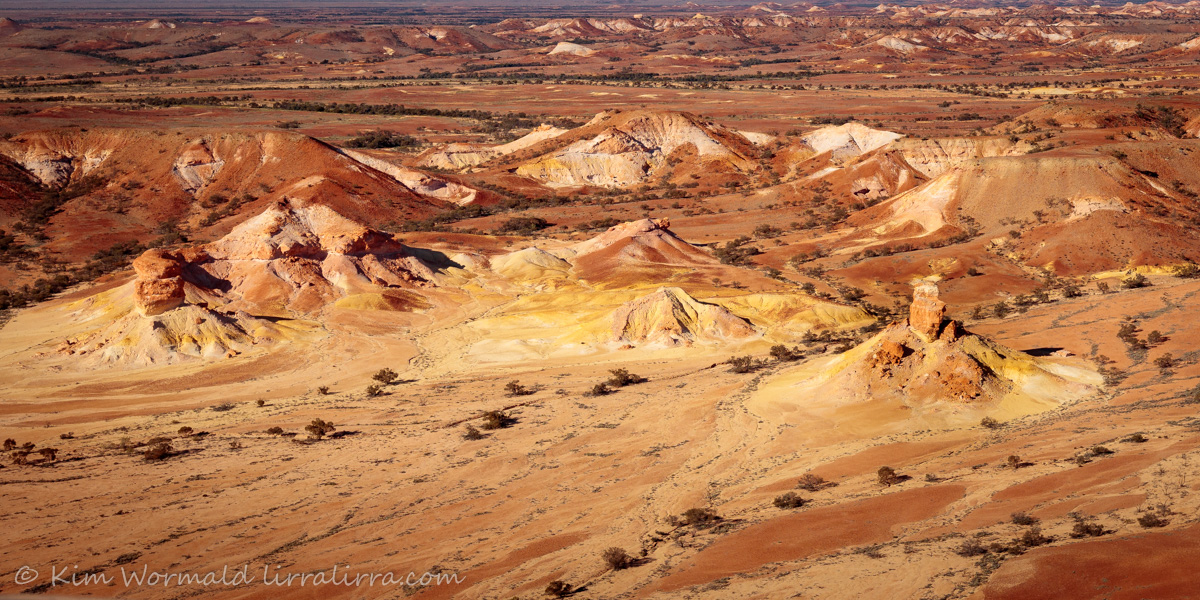
The Painted Hills, South Australia
1/1600, f/4.0, ISO 200, focal length 27mm
It takes an hour’s flight from William Creek to view the pristine Painted Hills, they can only be viewed from the air. 50-80 million years ago the area was a sea bed and the beautiful colours are due to oxidisation. Taking landscapes from the plane suited me perfectly as I was trying to capture a moving scene, much the same as I do with bird photography.
After the difficulties of the past couple of months this outback trip seemed like an odyssey, I’m still smiling.
Happy birding, Kim
~ Thank you for visiting and commenting
~ If you would like to join subscribers who receive a weekly email letting them know that lirralirra has been updated please use the ‘subscribe’ box above right
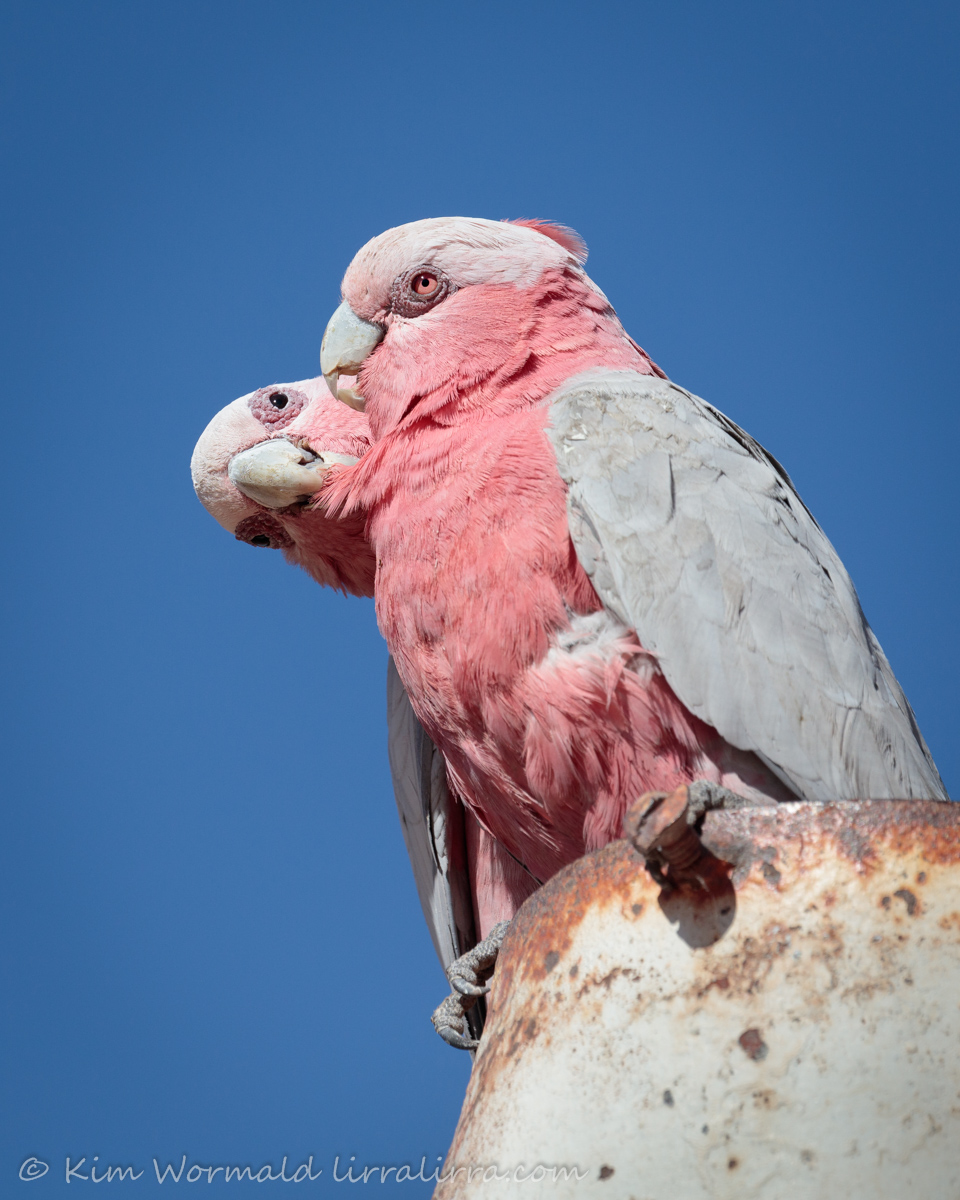
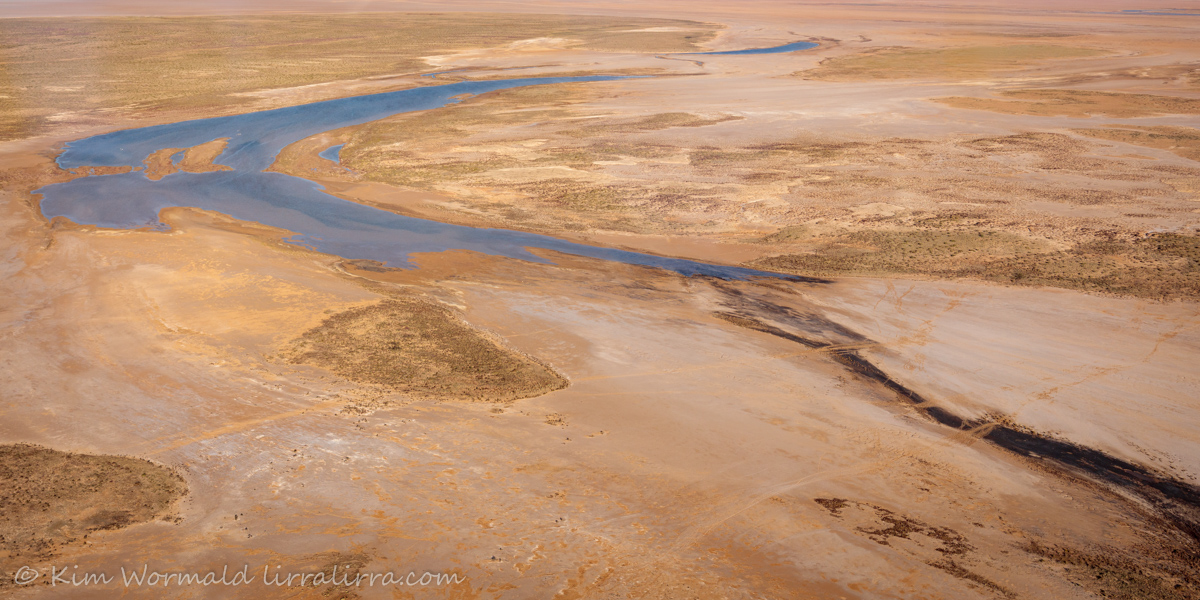

Why can the painted hills only be viewed from the air? Do you mean they’re inaccessible or you just can’t see they’re painted from the ground? Great pictures!
They are on private property and the owners don’t want the area damaged by 4WDs – it was awesome to see them from the air though as we got to see the scale of the landscape, totally beautiful
your photo’s of these beautiful birds are absolutely over the moon . Seems all the Birds in Australia are just so very colorfulll
compared to ours in Canada, Thanks for taking such perfect photo’s , such a great talent you have with your Camera. Good news to hear Leanne and your self are feeling much better . Hugs Dona
Thank you Dona! It was fun to be out and about with the camera again that’s for sure. Have a lovely visit with your boy
Wonderful photos.
Thank you Neil, I’m glad you enjoyed them
Hi Kim, glad you are back in fine form again, lovely photos, what a great place to visit, just the pick me up that you needed.
Carole.
You are absolutely right Carole, I really needed to be out and about. Your trip sounds amazing!
Very interesting
Thanks Evan – come and visit, again!
Wow I adore these photos! The galahs looked so cute on their giant tap, I’m so glad you could capture them so beautifully. I had no idea that the ladies have pink eyes!
I love the phrase ‘animated sunsets’!
Thank you for an adventure that was beyond brilliant! ❤️
Hmm, for some reason my reply to you disappeared. I thought the giant tap looked amazing and was so surprised to finally realise it was their nesting hollow. I’m glad you enjoyed the photographs, the words and especially the adventure 🙂
Sounds like you had a great time, Kim.
I’m glad to see that you have taken some pics with your wide angle lens!
It was amazing Neil. I thought of you while using the wide angle lens, and couldn’t help smiling when I realised that I’d hardly used the 16mm end.
Love seeing all your images! I too am smiling!
Thank you Trish, you’ve made me smile 🙂
What an absolute privilege and a joy to see. No wonder you are smiling, even sitting at my desk my smile is broad.
We often get galah coloured dawns. Which also make me smile.
It’s a magical sight, mesmerising. I hope you had a week full of smiles.